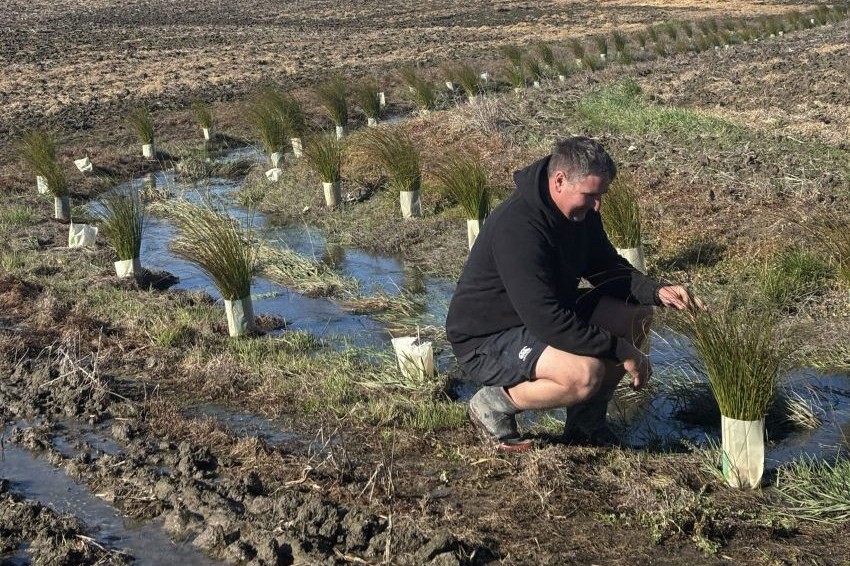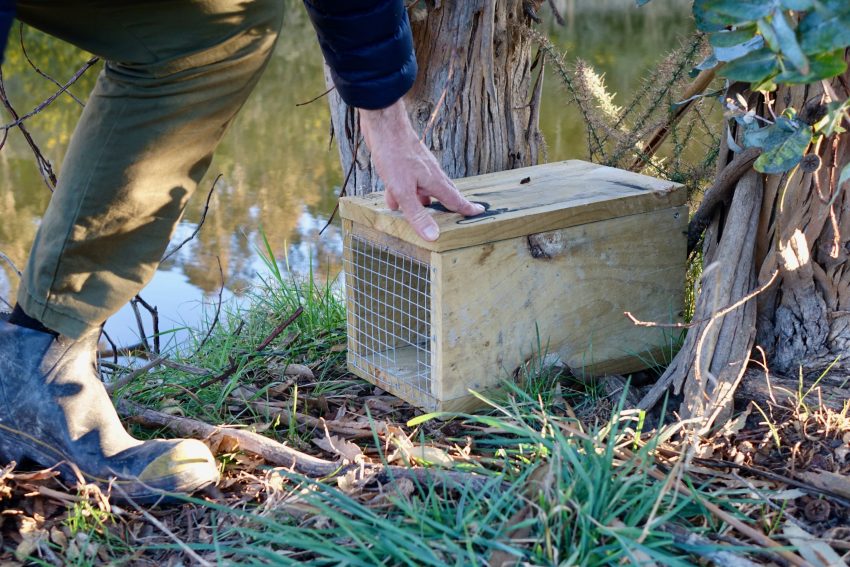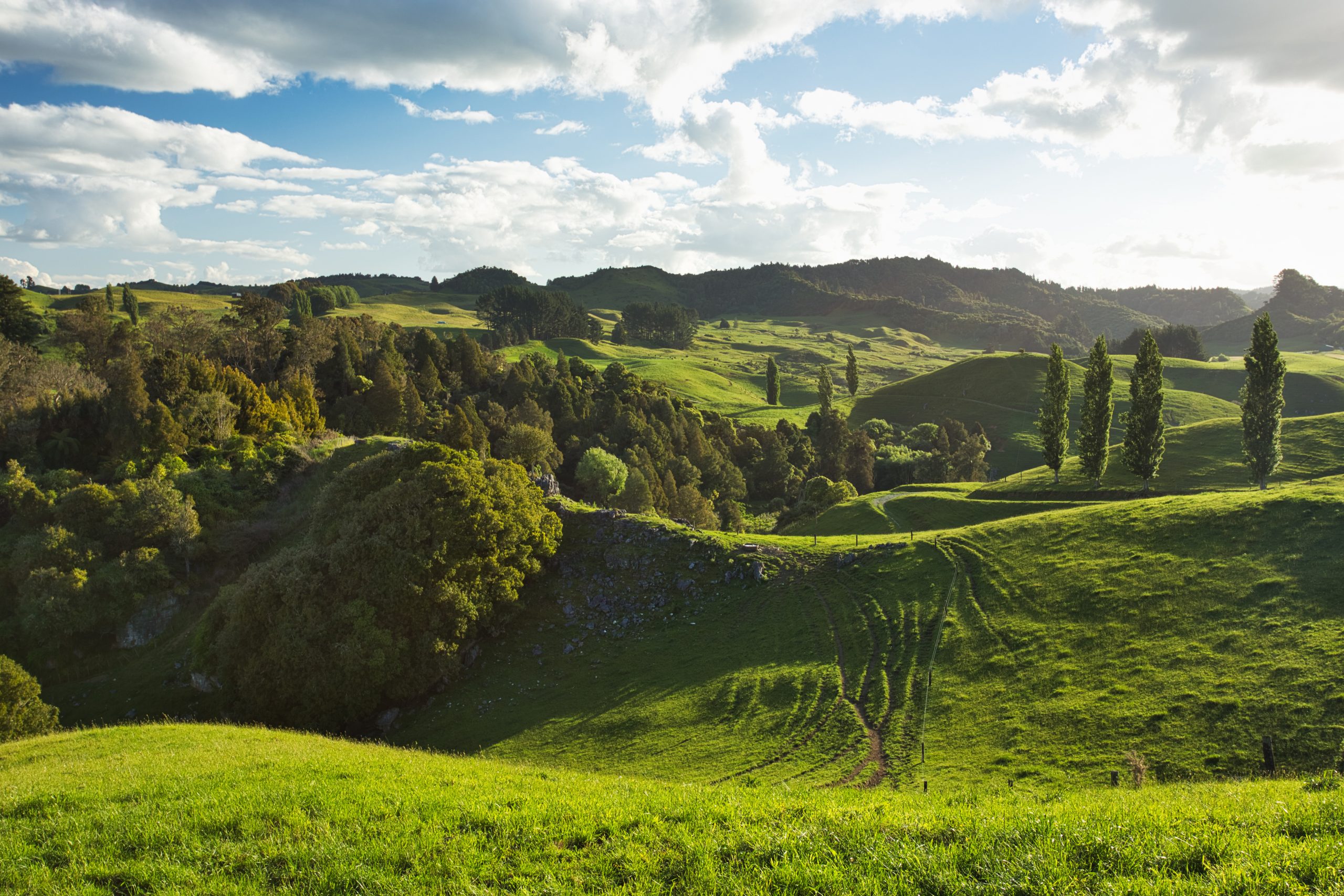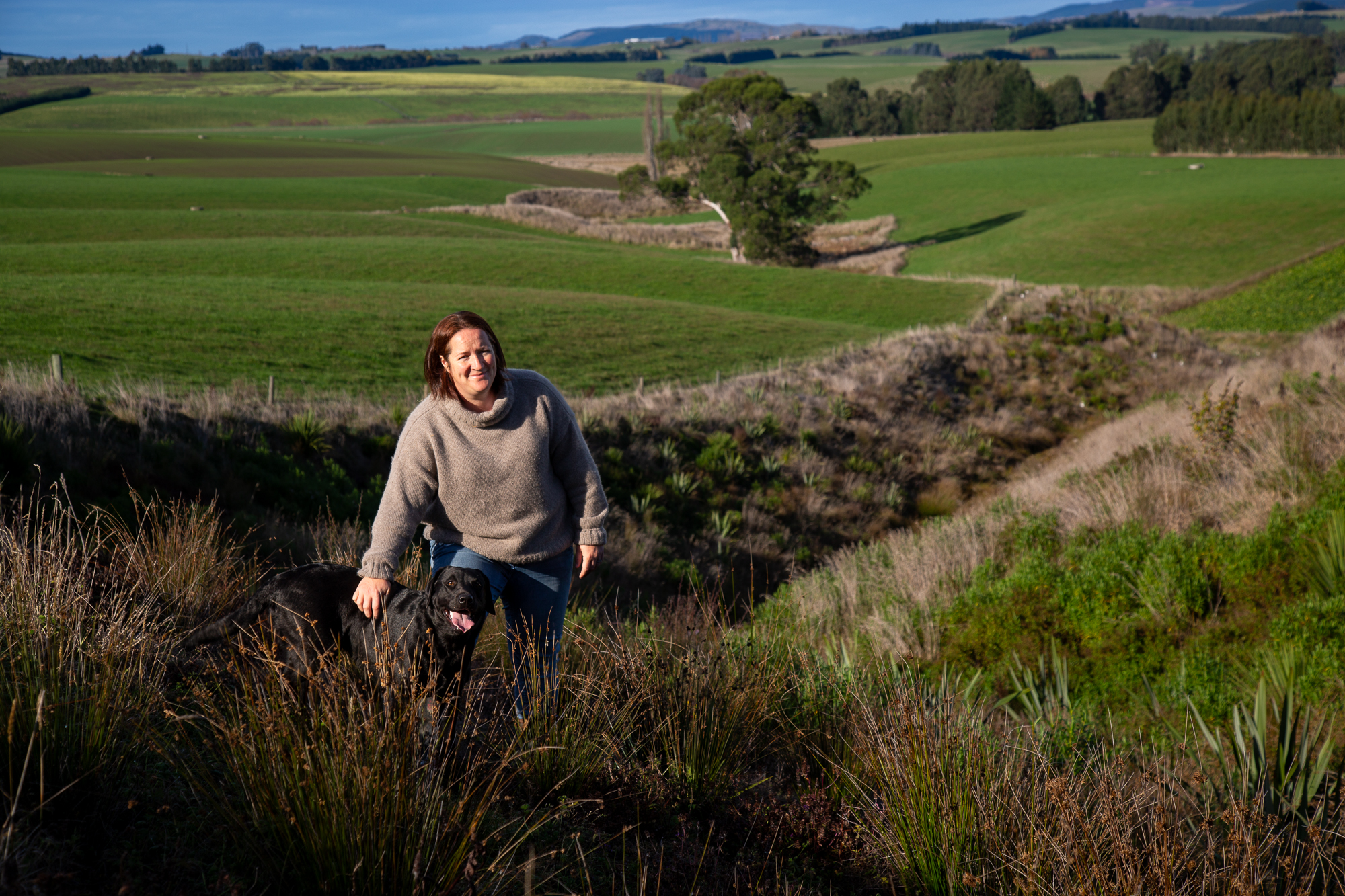Planting brings multiple benefits
Poplar poles and native plants are making their mark on a North Canterbury farm. By Sandra Taylor.
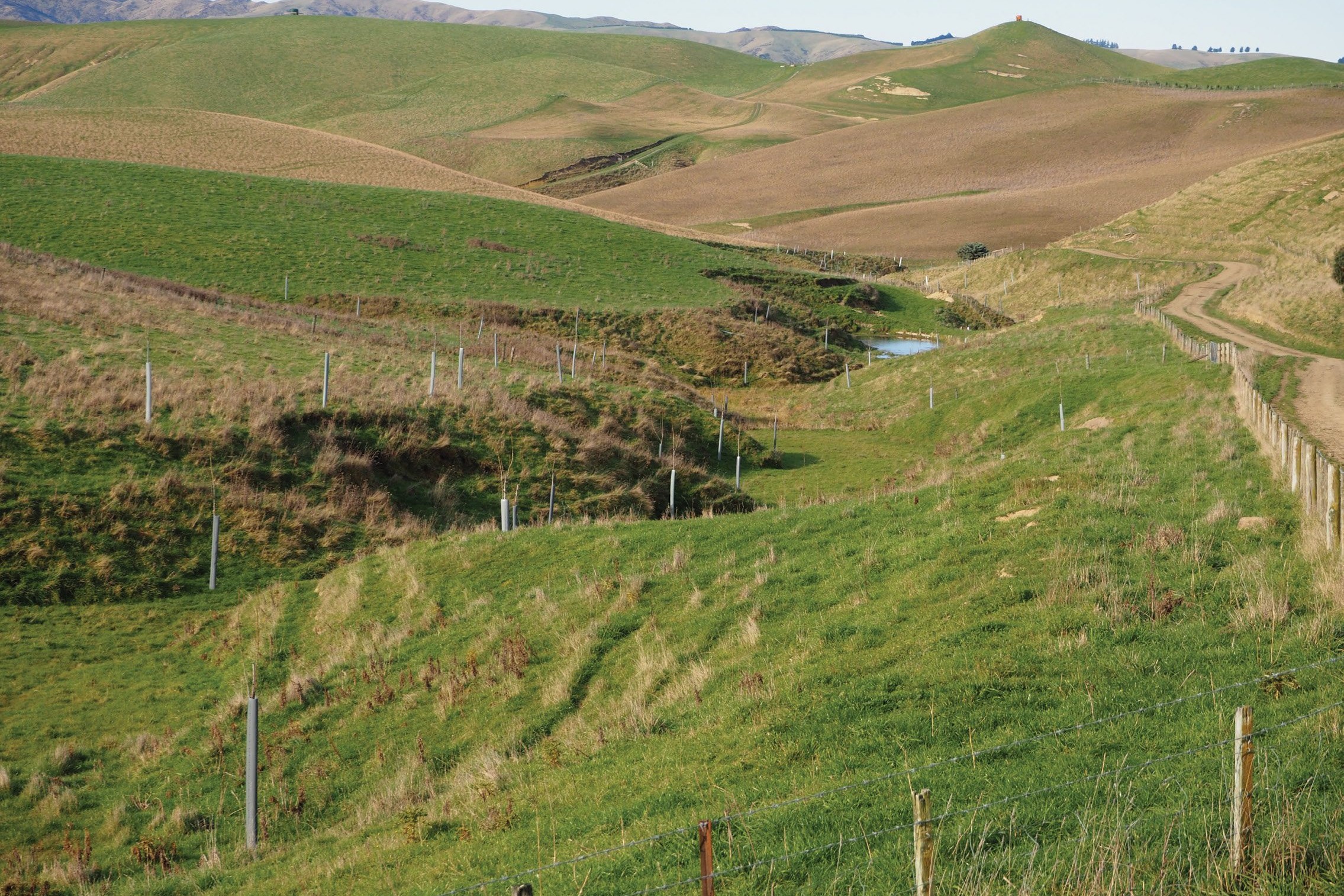
Four years after buying their North Canterbury sheep and beef farm, Jim Burrows and Kim Marshall have already made a significant mark on their landscape.
With an extensive and on-going poplar pole and native planting programme, they will not only generate income through the Emissions Trading Scheme, it will help with soil stabilisation, provide shade and shelter. It will attract native biodiversity and add aesthetic value to Glenlake, the couple’s 840-hectare rolling hill country farm near Waipara.
While the farm is well laid out with a central lane way, it lacked shade and shelter and had small areas vulnerable to slipping.
The farm also has a series of gullies which were only marginally productive.
“We’ve got a lot of gullies that grow grass, but they have no shelter, they are not cultivable and not really effective, but we didn’t want to plant them in pines,” Jim says.
The couple initially looked at poplar planting through Environment Canterbury’s Soil Conservation and Revegetation (SCAR) project to help with soil stabilisation and it was one of their neighbours, who is knowledgeable about the ETS and incorporating trees into the farm business, who mentioned that planted correctly, poplars qualified for the ETS.
These neighbours also encouraged Jim and Kim to join the Hurunui District Landcare Group (HDLG) which, for the cost of a $200 annual membership fee, has provided Jim and Kim with a “huge” amount of value. This is through the provision of expert advice from ETS consultant Phil Orme and help in securing funding from HDLG’s catchment planting programme (funded by the Government’s One Billion Trees initiative) to pay for and plant 3ha of natives.
Visiting the farm, Phil identified opportunities to plant poplars down the gullies and alongside creek beds and used a drone to map out and create an ETS-eligible planting plan. This ensured the spacings were correct and everything fitted together to create a 10.4ha block.
Jim stresses that the ETS wasn’t the primary driver for the planting.
“With the poplars we get the shade and the shelter and the ETS is just the icing on the top.”
The shade will be particularly welcome around lucerne stands which are used for finishing lambs over summer.
Last year, Jim and Kim tracked down reject poplar poles that would have otherwise been mulched by a local nursery. In sourcing these poles, they had to cut the poles themselves, which was a much bigger job than they had anticipated. It took six people two days to cut 1500 poles (to be shared with the neighbour), but this work resulted in a significant saving.
A forestry gang came in and planted the poplars last winter with five men taking two days to plant 850, 2.5 metre poles in their 1.7m-high protective sleeves.
These gangs can plant 1000 pines per person per day, but the pole planting was a slow process. With the poplar poles, a spike is driven into the ground to create a hole and the poles are then driven in with a driver, much like a hand-held post-driver. Jim says in the future, they will try and source skilled poplar planters in the hope they will be quicker.
Taking into account inevitable losses, the trees were planted at a slightly higher density than is required and despite being a very wet and therefore favourable summer for the trees, Jim estimates they lost 20% of what they planted.
The primary cause of these losses were sheep rubbing against the sleeves and breaking the trees off at ground level or damaging the roots beneath. While the couple appreciate being able to graze sheep around the trees immediately after planting. Jim says ideally, they would exclude all stock for two years, until they are well established.
Last spring, Jim release sprayed the trees to help conserve moisture in their typically summer dry climate, an exercise he will repeat this year.
The poplars have already been registered in the ETS as a permanent exotic forest and Jim says it was an easy process, thanks to Phil Orme who knew what was required and ensured all the information was entered correctly.
All up, Jim says the poplars have cost $2000/ha and at a carbon price of $80/tonne, they expect to have pay-back within three years. After that, it is straight profit which Jim says could help pay for another staff member or be used for farm development.
Jim and Kim have a similar area ear-marked for poplar pole planting this year with further scope for more planting in the coming years as they plant out their numerous gullies. Ultimately, they would like to have 40-50ha planted in poplars.
While it has become harder to source poles due to the increase in demand, they can buy poles for $13 each from Environment Canterbury with the protective sleeves costing $6.50 each.
In future, they will be able to cut poles off their established poplars which will be a considerable cost saving.
Native plantings
One of the areas of the farm Jim is most proud of is the 5ha of natives they have planted over the past two winters.
A mix of a wide range of native plants from grasses to beech and podocarps, the first 2ha was a labour of love for the family who spent any free time planting the area out.
Jim says he developed a love of native bush while working on high and hill country farms and again it was their neighbour who showed what was possible to grow in their environment.
At a cost of $5000-15,000/ha, these are not cheap to establish and neither do they generate significant returns in the ETS, but they make use of 5ha of marginal country which was part of a 25ha block.
To be able to afford to do this planting, Jim says they developed the remaining 20ha which was growing browntop, by putting it through a two-year forage crop programme before sowing it in improved pasture. They have also subdivided it and installed a reticulated water system over the 20ha developed.
“By intensifying three-quarters of it, we could afford to do the planting.”
The final 3ha of natives was funded through HDLG’s catchment planting programme which was part of the Government’s one billion trees initiative.
The funding covered the costs of the plants, the planting and the fencing. Jim says they were really impressed with the contractors who came and planted the 3ha very quickly and efficiently. The first 2ha of natives planted last winter have established really well thanks to the wet summer, they have had two relief sprays and will get another this coming spring.
Jim’s parents, who have recently moved to the farm, have been an enormous help with these projects, not only with planting, but also with setting up a small nursery to propagate plants for future native plantings.

